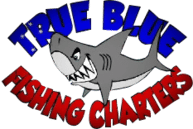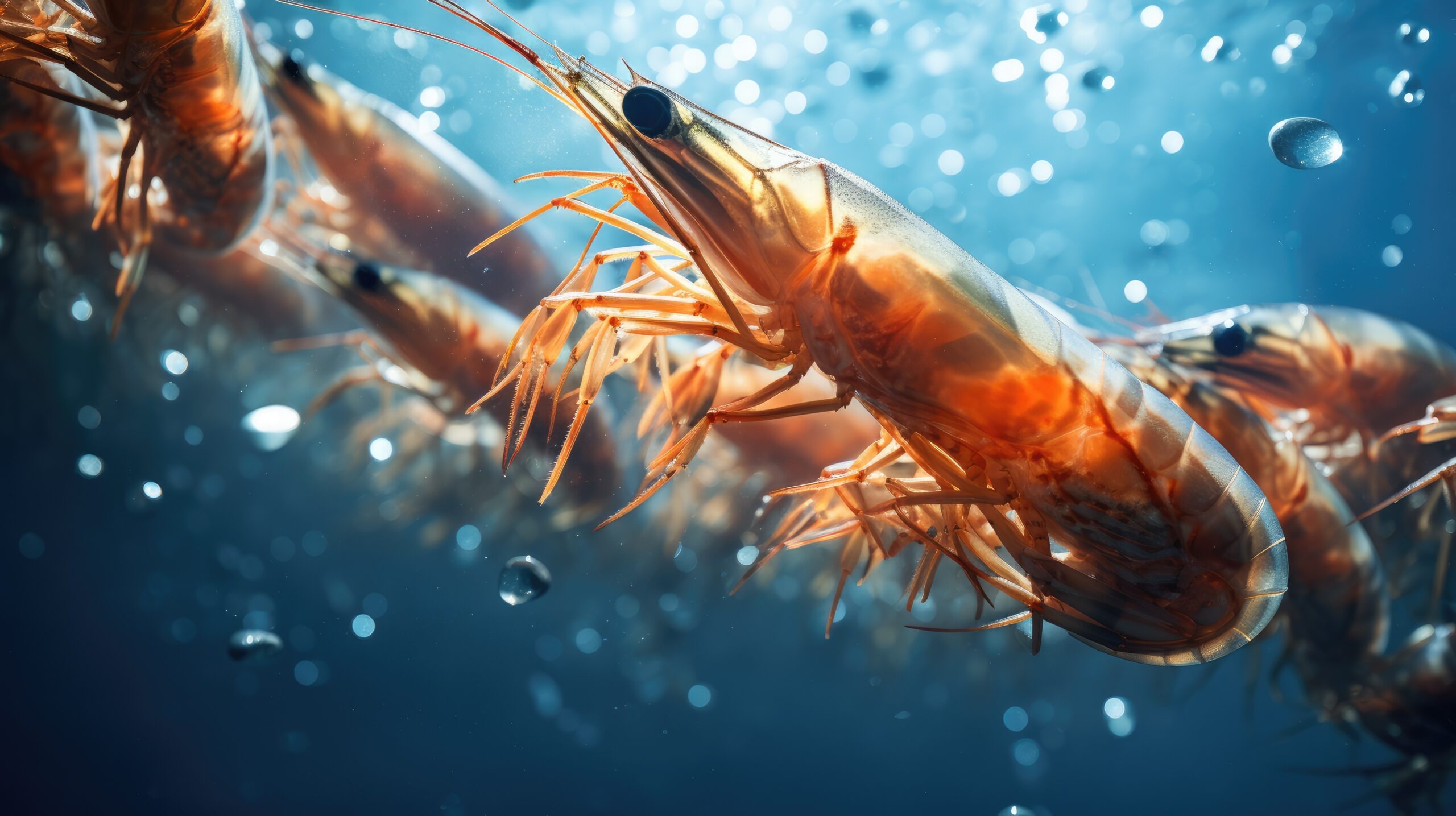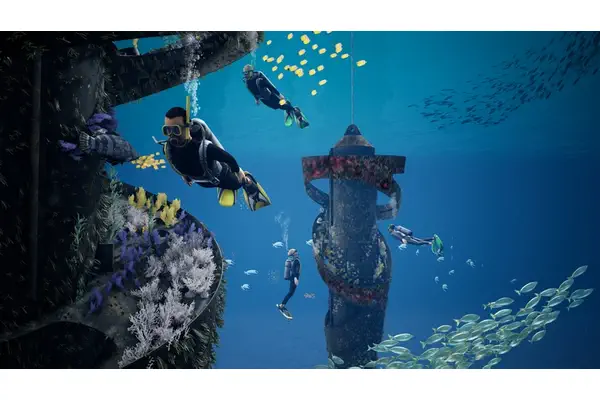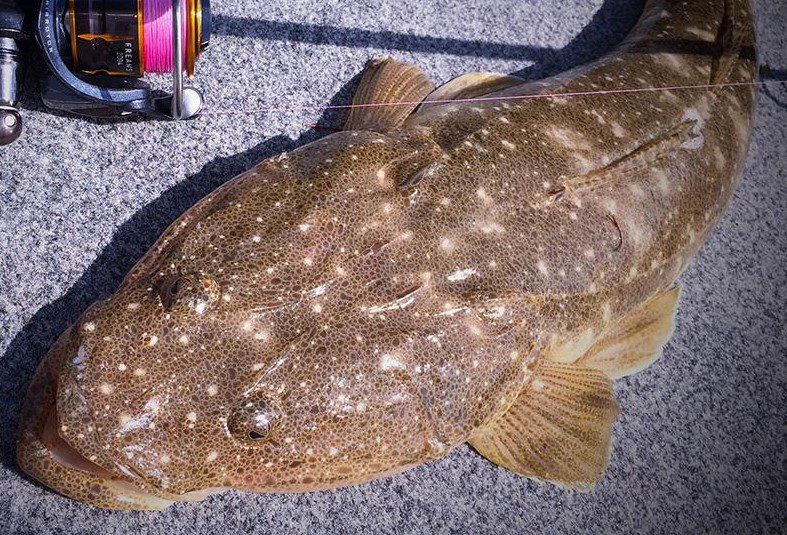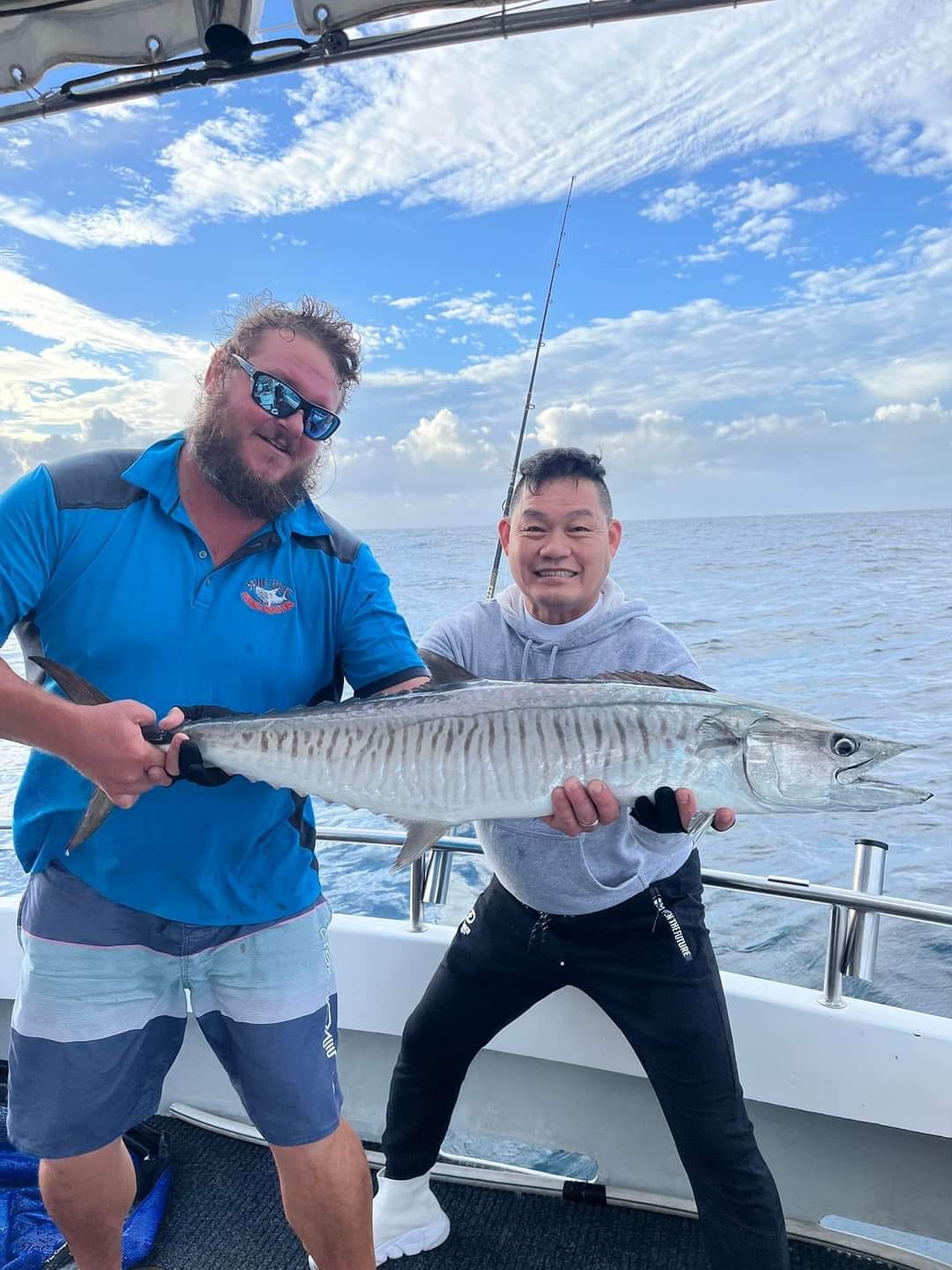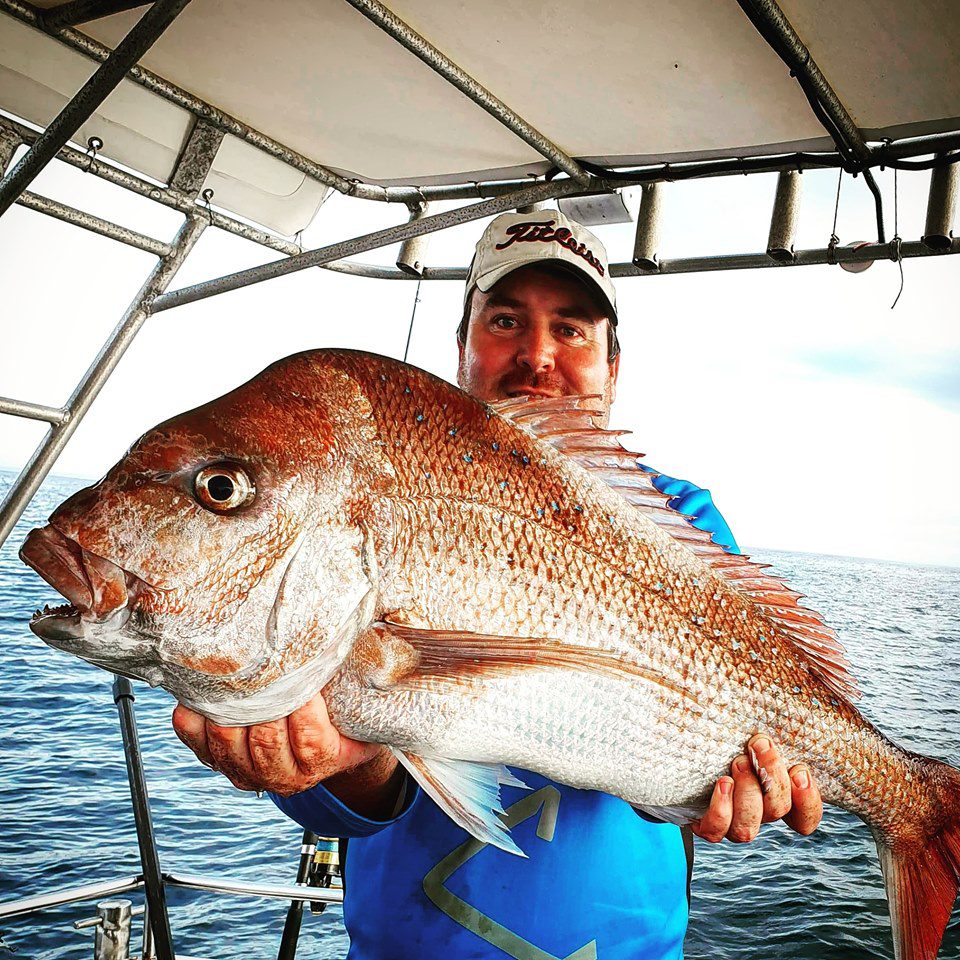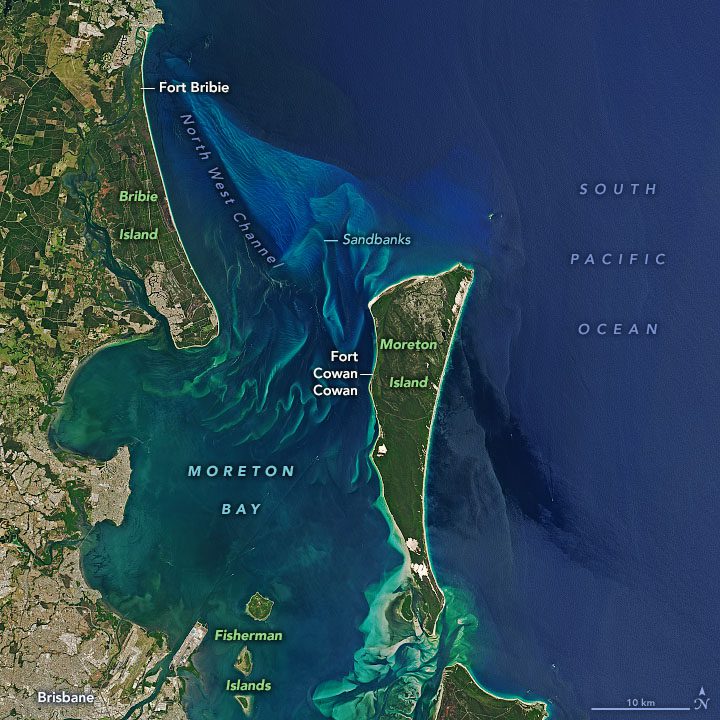A Comprehensive Guide to Gold Coast Prawning
Are you ready to dive into the exciting world of Gold Coast prawning? Our comprehensive guide offers everything you need to know about this thrilling aquatic activity. From identifying prawn species to selecting the right equipment, understanding bag limits, and preserving your catch, we’ve got you covered.
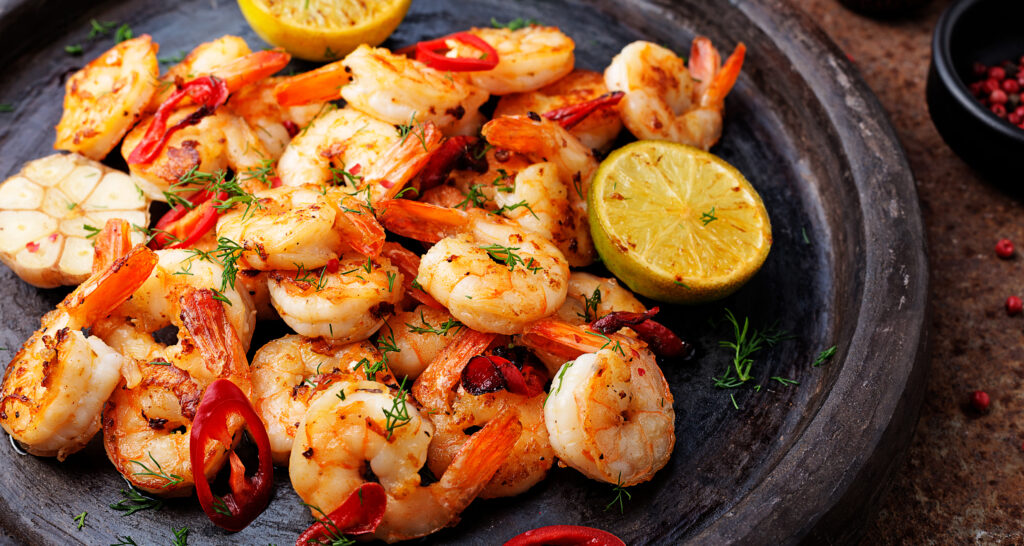

Exploring Gold Coast’s Diverse Prawn Species 🦐 The waters of South East Queensland (SEQ), the Gold Coast, and Far Northern NSW teem with a variety of prawn species. Here are the most common ones found in our region:
Banana Prawn (Penaeus merguiensis, Penaeus indicus): These prawns are prevalent from Shark Bay in WA to Northern NSW, growing up to 34cm long. Their prime season runs from November to May.
School Prawn (Metapehaeus macleayi): Located from mid Queensland to the SE Victoria border, school prawns can reach sizes of up to 25cm and share a season similar to banana prawns, from November to May.
Tiger Prawn (Penaeus monodon): Tiger prawns come in three subgroups – black, brown, and grooved. They are found from mid-coast NSW to Shark Bay in WA, growing up to 33cm. Each subgroup has its peak season but is generally caught year-round.
Eastern King Prawn (Penaeus plebejus): These prawns are found all along the east coast, from Tasmania to the Gulf. Mainly caught by offshore trawlers, they can reach sizes of up to 30cm.
Coral Prawn: Various genera of coral prawns inhabit coastal reefs along the east coast, with trawlers primarily catching them around reefs and gritty bottoms.
Mantis Shrimp: With over 125 different species in Australian waters, mantis shrimp can be found around Australia, from estuaries to coastal flats and out to the shelf in 1500m. They are mainly caught by hand or as by-catch from trawlers or line fishermen. Morton Bay and inshore reefs are great places to find them by hand.
Bag Limits, Handling, and Conservation 🦐 When prawning on the Gold Coast, it’s crucial to adhere to bag limits: 10 liters per person with a boat limit of 20 liters for two or more people. Remember that bag limits apply not just during your trip but also to your entire catch, including what you have in your fridge, freezer, or bait.
Handling prawns requires caution as they possess two sharp spikes used as defense mechanisms, one on their head and one on their tail. Prawns molt their shells regularly, undergoing pre-moulting and post-moulting stages, which last from 10 to 12 days and 2 to 6 days, respectively.
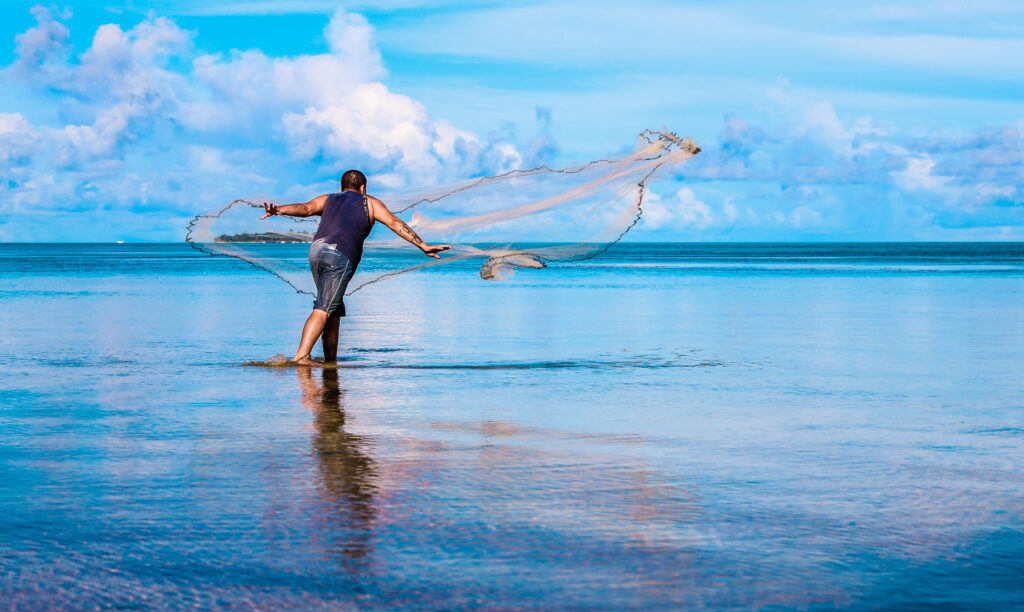
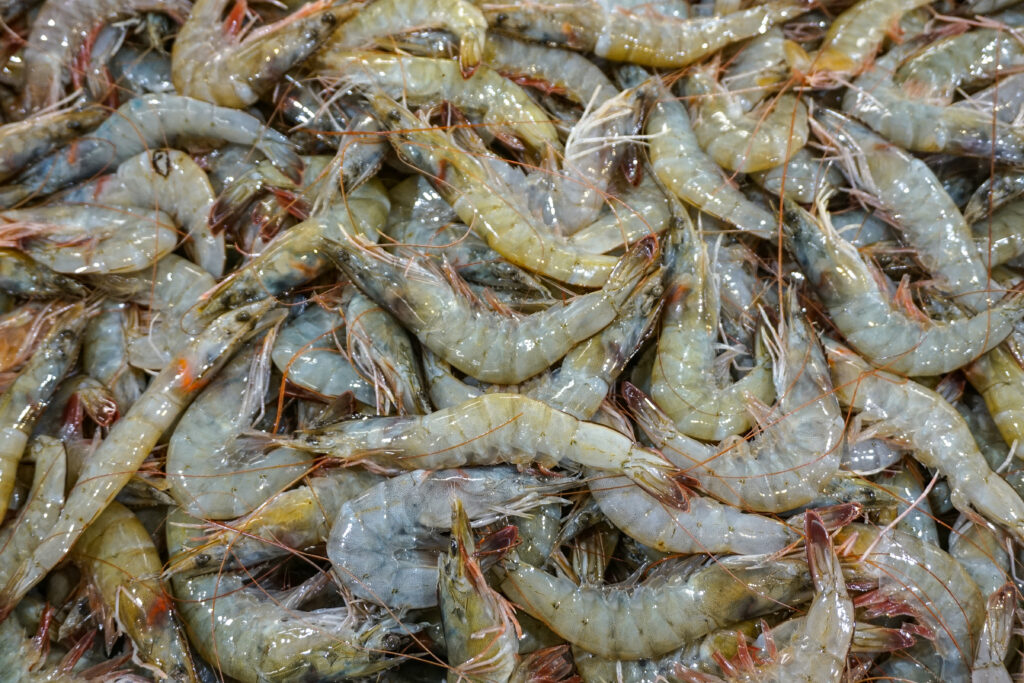
Understanding Prawn Spawning and Life Cycle 🌊 Prawns are prolific reproducers, with a single female releasing hundreds of thousands of eggs each spawn. Fertilized eggs hatch within 24 hours, and the larvae of different prawn species exhibit distinct behaviors. Some drift shorewards to the shallows, while others head to reefs, gritty trenches, and shale bottoms.
Most prawns live for one to two years and die after spawning. Their early weeks are spent drifting, with some eventually making their way up into estuaries and then back out to the sea to spawn.
Prime Prawn Hunting Grounds 🏞️ Finding prawns involves understanding their preferred habitats:
Banana Prawns: These prawns school up in estuaries and bays, often in 18ft (5.5m) to 40ft (12m) depths, depending on their movements.
School Prawns: Love the shallows, typically found in 2m to 8m of water, especially in small holes.
Tiger Prawns: Can be found in various depths, often around weed beds and drains, with spotlights and scoop nets being effective tools.
Utilizing Sounders and Nets for Successful Prawning 🎣 Sounders, including down scan and side scan, are invaluable tools for locating prawns. In shallow waters, side scanning can help spot prawns along banks or sandbars. Cast your net behind your boat for better results.
When prawns are abundant, they can obscure your sounder with large clusters and may even skip out of the water.
Selecting the Right Cast Nets for Different Conditions 🌊 Various cast nets are suitable for different conditions and spots:
- Bottom Pocket: Ideal for shallows (up to 3m) near drains, sand, and weed beds.
- Top and Bottom Pocket: Suitable for mid-depth waters (1m to 6m).
- Drawstring: Effective in deep water with rough or snaggy bottoms when prawns are near the surface.
- Top Pocket: The preferred net for prawning, excellent in depths of 4m to 30m. It captures prawns in the top pocket, offering an exciting experience for prawners.


Scoop Nets and Haul Nets for Shallow Prawning 🦞 Scoop nets from pet or two-dollar shops are great for prawning. You can also create your own scoop net by bending wire into a hoop shape and attaching mesh. Haul nets are registered and perfect for capturing shallow prawns, particularly school prawns.
Weights for Nets: Finding Your Preference 🌊 Select weights based on personal preference. Lead sinks quickly but may snag. Chain sinks slower but is less prone to snags. Rings are noisy and can snag but have a moderate sinking rate. Try each type to determine which suits your needs best.
Preserving and Cleaning Your Prawns for Maximum Freshness 🍤 To preserve prawns, place them in an icy slurry immediately after catch, adding salt to enhance preservation. While you can freeze prawns, they are best consumed fresh or within three weeks of freezing.
Unlocking Culinary Versatility 🍽️ Prawns are incredibly versatile seafood. You can prepare them in countless ways, from pasta dishes, curries, and stir-fries to grilling, frying, and adding to salads or sandwiches. Pair them with various ingredients, including meats, fruits, and veggies, to create mouthwatering dishes.
Responsible Prawning and Conservation 🌊 Follow bag limits, accurately identify your catch, and respect local regulations when prawning on the Gold Coast. If you’re uncertain about a species, take a photo and consult experts. Responsible prawning ensures a sustainable and enjoyable experience for all.
Visit Gold Coast fishing Charters.

